From Stanford News
October 31, 2017
It’s a sound that can keep even the weariest among us from falling asleep: the high-pitched whine of a mosquito. This irritating buzz already makes us run, slap and slather on repellent. But if Stanford University researchers have their way, it may also prompt us to take out our cellphones and do a little science.
The Prakash Lab at Stanford, led by Manu Prakash, assistant professor of bioengineering, is looking for citizen scientists to contribute to Abuzz, a mosquito monitoring platform the lab developed to produce the most detailed global map of mosquito distribution. All that’s required to participate is a cellphone to record and submit the buzz of a mosquito, which means almost anyone from around the world can take part in this work.
More than mere pests, mosquitoes can carry deadly diseases, including malaria, yellow fever, dengue, West Nile virus, chikungunya and Zika. Diseases spread by mosquitoes result in millions of deaths each year and the burden of their effects is carried most strongly by places with the fewest resources.
“We could enable the world’s largest network of mosquito surveillance – just purely using tools that almost everyone around the world now is carrying in their pocket,” said Prakash, who is senior author of a paper that demonstrates the feasibility of this approach, published in the Oct. 31 issue of eLife. “There are very limited resources available for vector surveillance and control and it’s extremely important to understand how you would deploy these limited resources where the mosquitoes are.”
